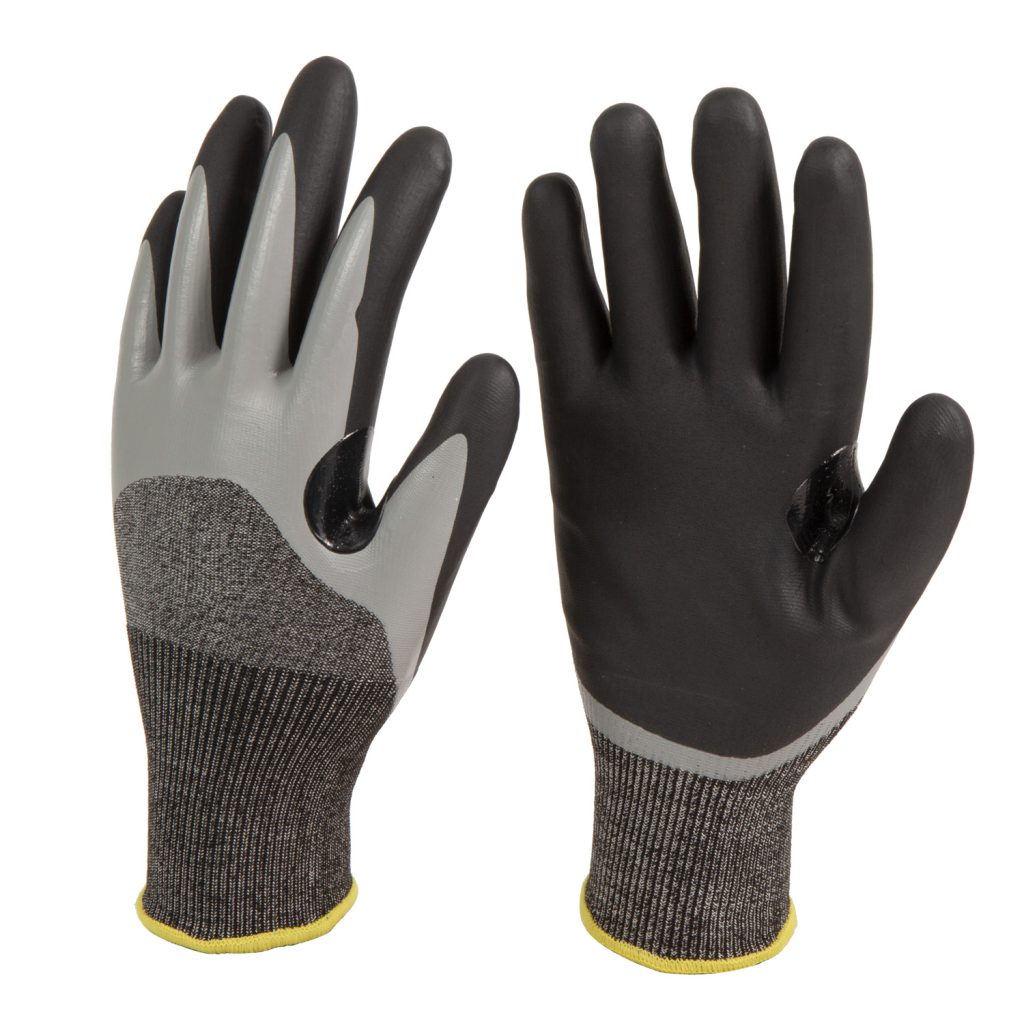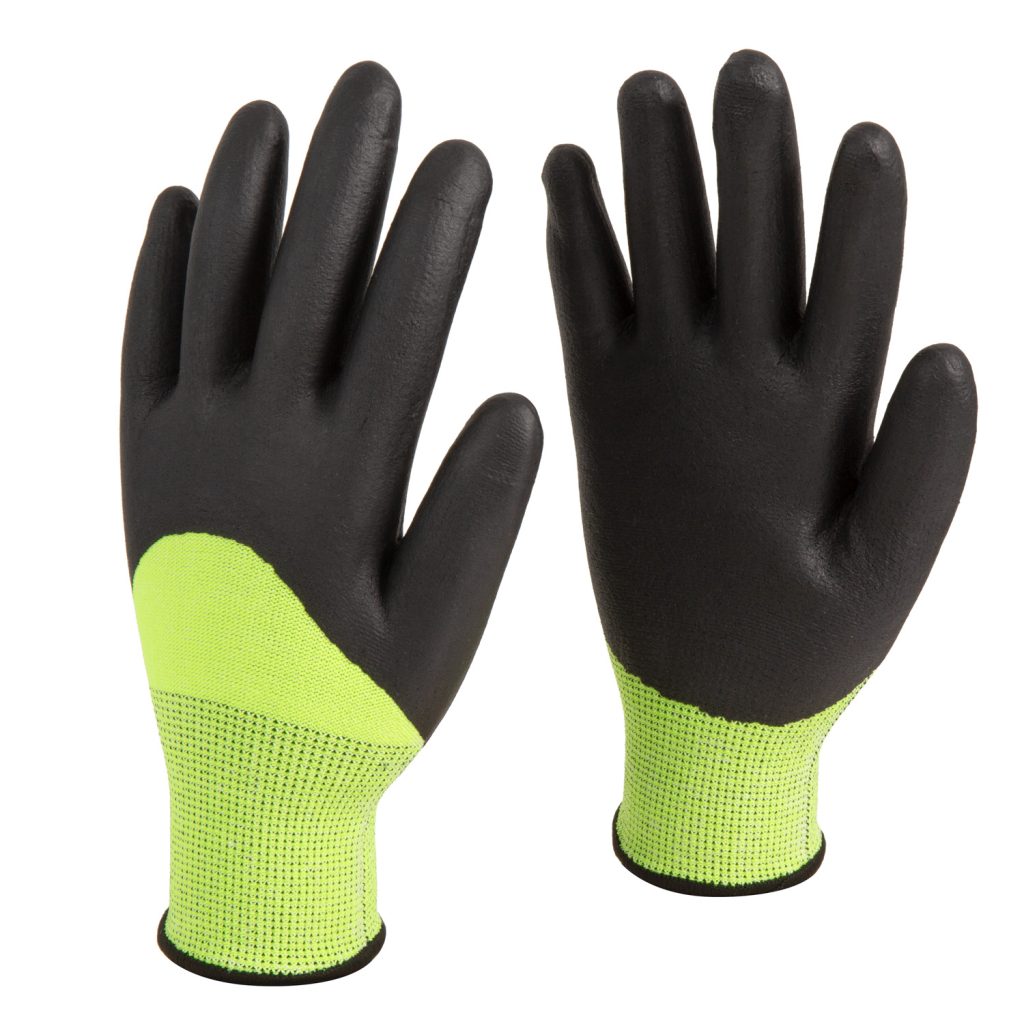In the realm of personal protective equipment, cut-resistant gloves hold a pivotal role. These specialized gloves are designed to protect the hands from cuts while working with sharp tools or materials. They are a crucial safety measure in various industries, including construction, manufacturing, and food processing. However, like all safety equipment, their effectiveness diminishes over time and use. So we need to know when should cut resistant gloves be replaced.

Normal substitution of these gloves isn’t simply an issue of cost-viability, yet a basic part of client wellbeing. Cut-resistant gloves can prompt mishaps, actually hurting the client and possibly prompting critical free time in activities.
When Should Cut Resistant Gloves Be Replaced?
- Factors Affecting the Lifespan of Cut-Resistant Gloves
A. Frequency and Duration of Use
The life expectancy of cut resistant gloves is straightforwardly relative to how frequently and how lengthy they are utilized. Gloves involved day to day for extended periods will break down quicker than those utilized incidentally for brief periods. For example, a specialist in a glass production line who utilizes gloves ceaselessly for eight hours daily will probably have to supplant their gloves more regularly than a temporary laborer who involves them for only several hours every day.
B. Type of Work Environment
The workplace essentially influences the sturdiness of cut resistant gloves. Brutal circumstances with rough materials or sharp items can make the gloves crumble quickly. For instance, a laborer taking care of sharp metal sheets in a creation unit will break down their gloves faster than somebody working in a less risky climate, like a distribution center.
C. Material Quality and Construction
The nature of the materials utilized and the development of the gloves assume a pivotal part in their life expectancy. Excellent materials and vigorous development can endure mileage better, expanding the gloves’ administration life. For example, gloves produced using elite execution materials like Kevlar or Dyneema will generally endure longer than those produced using standard materials.
- Signs That Cut-Resistant Gloves Need Replacement
A. Visible wear and tear
Noticeable Mileage Apparent indications of mileage, for example, fraying, openings, or diminishing material, demonstrate that the gloves need substitution. These signs are much of the time the main sign that the gloves are losing their defensive characteristics. A standard examination can assist with recognizing these signs early and guarantee ideal substitution.
B. Decreased effectiveness in protecting against cuts
Against Cuts, If the gloves never again give a similar degree of security against cuts as they did when new, now is the ideal time to supplant them. This could be because of the corruption of the material over the long haul or because of harm from sharp items.
C. Loss of Adaptability or Versatility
Assuming the gloves lose their adaptability or flexibility, making them anxious or hard to utilize, they ought to be supplanted. This could be because of the material turning out to be firm or weak after some time, or because of openness to unforgiving synthetic compounds or outrageous temperatures.
- Guidelines for Determining When to Replace Cut-Resistant Gloves
A. Standard Examination
Consistently assess the gloves for any indications of mileage or diminished viability. This will help decide when they should be supplanted. It’s a decent practice to examine the gloves when each utilization to guarantee they are still looking great.
B. Adherence to Producer Suggestions
Follow the maker’s proposals in regards to the life expectancy and substitution of the gloves. These rules depend on testing and give a solid gauge of when substitution is vital. Continuously allude to the client manual or item documentation for this data.
C. Worker Preparing on Glove Support
Train representatives on legitimate glove upkeep and how to recognize signs that the gloves need substitution. This will guarantee that exhausted gloves are supplanted expeditiously, keeping up with well-being principles. Ordinary instructional courses can assist with supporting these practices and keep well-being on top of the psyche.

- Consequences of Using Worn-Out Cut-Resistant Gloves
A. Increased risk of injuries
Utilizing cut resistant gloves builds the gamble of wounds, as they may not give sufficient security against cuts. This could prompt serious wounds, particularly in conditions where laborers handle sharp items or materials.
B. Potential for decreased productivity
cut resistant gloves can obstruct the client’s capacity to perform errands proficiently, prompting diminished efficiency. If the gloves are awkward or don’t fit as expected, laborers will most likely be unable to grasp protests safely or play out their errands as fast.
C. Compliance with safety regulations
Utilizing cut resistant gloves might prompt resistance with wellbeing guidelines, which can bring about punishments or fines. Businesses must give safe working circumstances, and this incorporates giving suitable individual defensive hardware.
Final Words
Taking everything into account, the substitution of cut resistant gloves ought to be resolved in light of their use, the workplace, and their state of being. Standard review, adherence to producer proposals, and appropriate worker preparation can guarantee that gloves are supplanted while important, keeping up with security and efficiency in the working environment. It’s memorable’s vital that the expense of supplanting cut resistant gloves is undeniably not exactly the likely expense of a physical issue. Thus, it’s in every case better to decide in favor alert with regards to somewhere safe.
 ZIMAI Safety
ZIMAI Safety